The Lodge at Chaa Creek
BELIZE


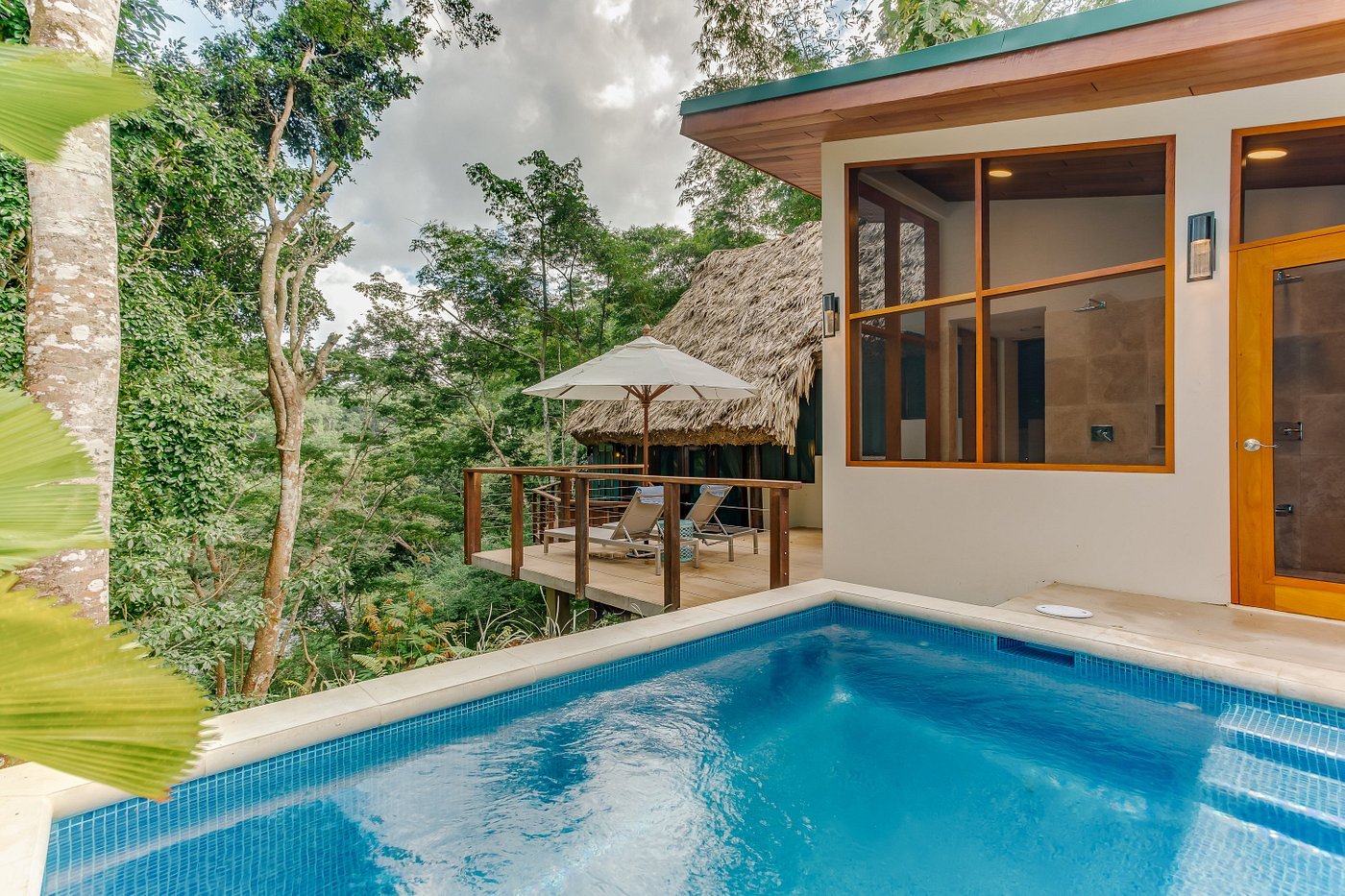
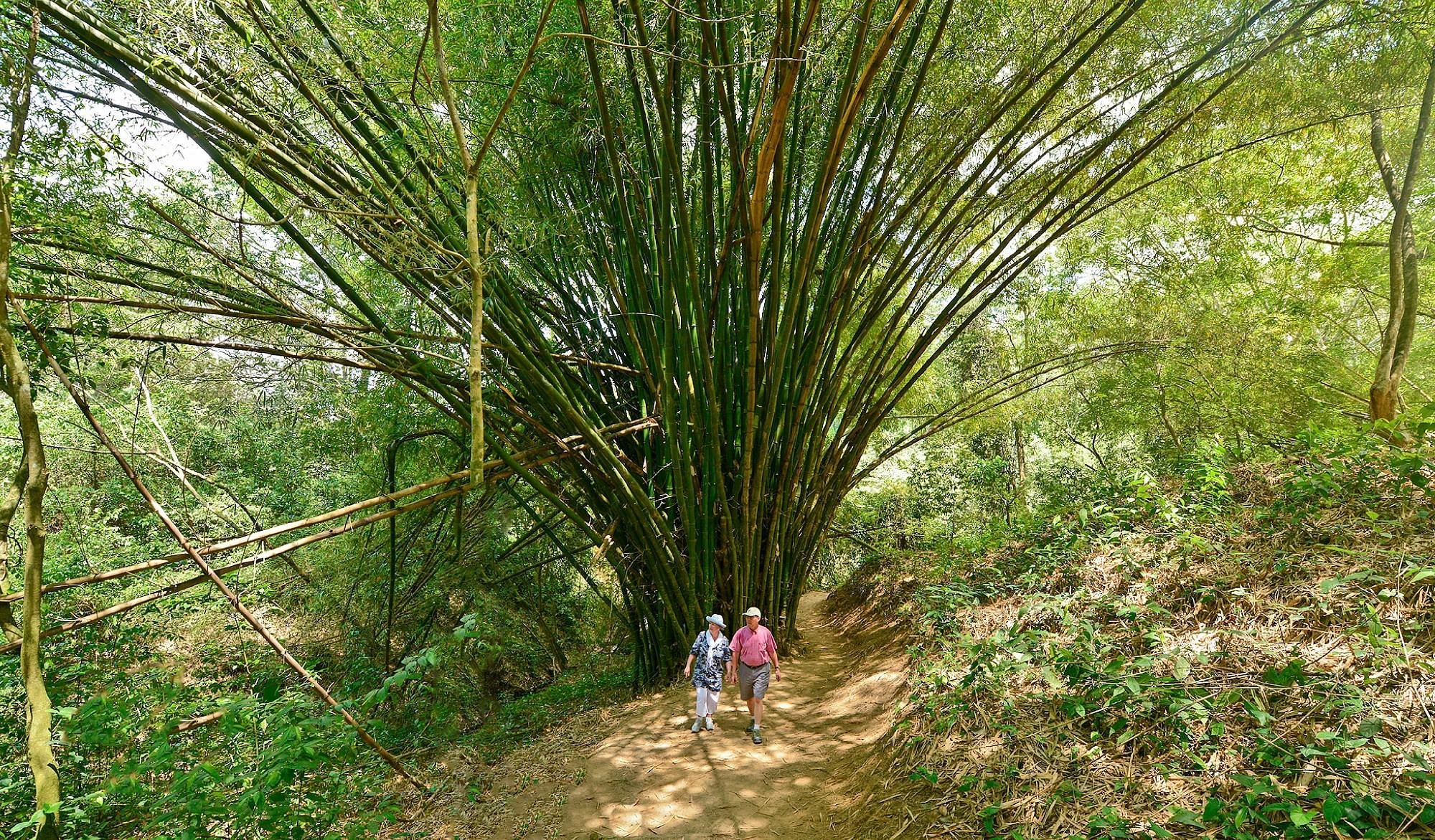
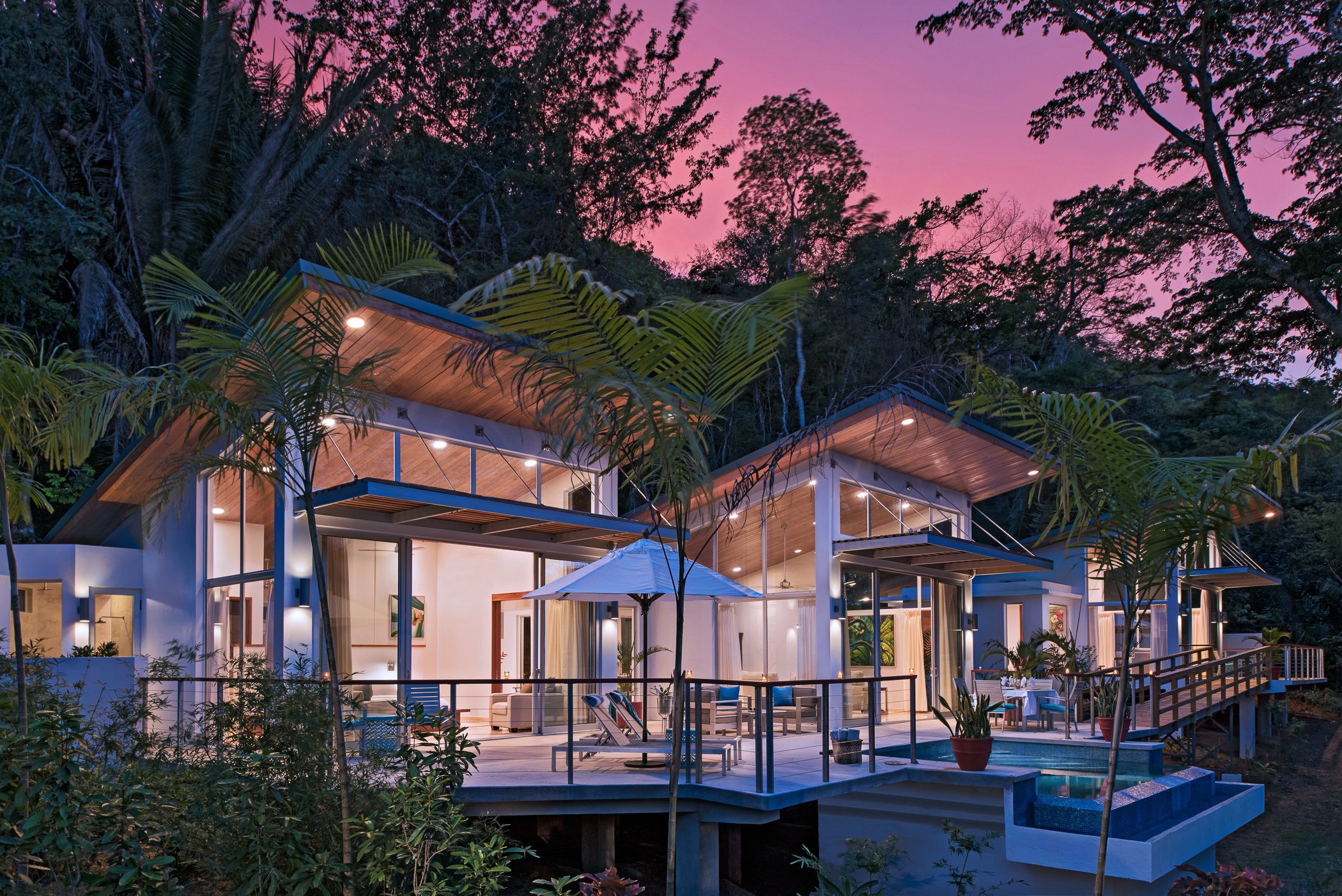

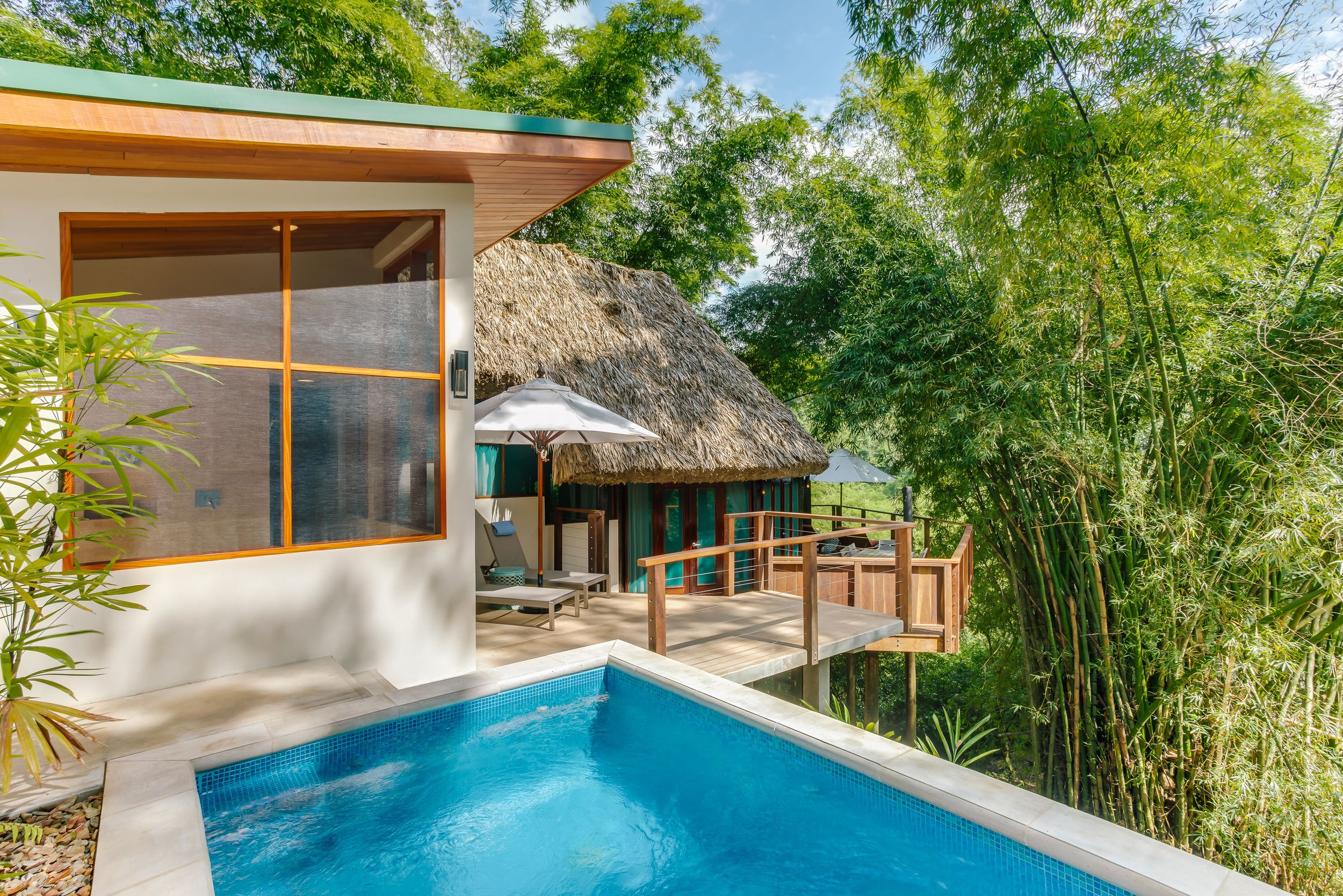
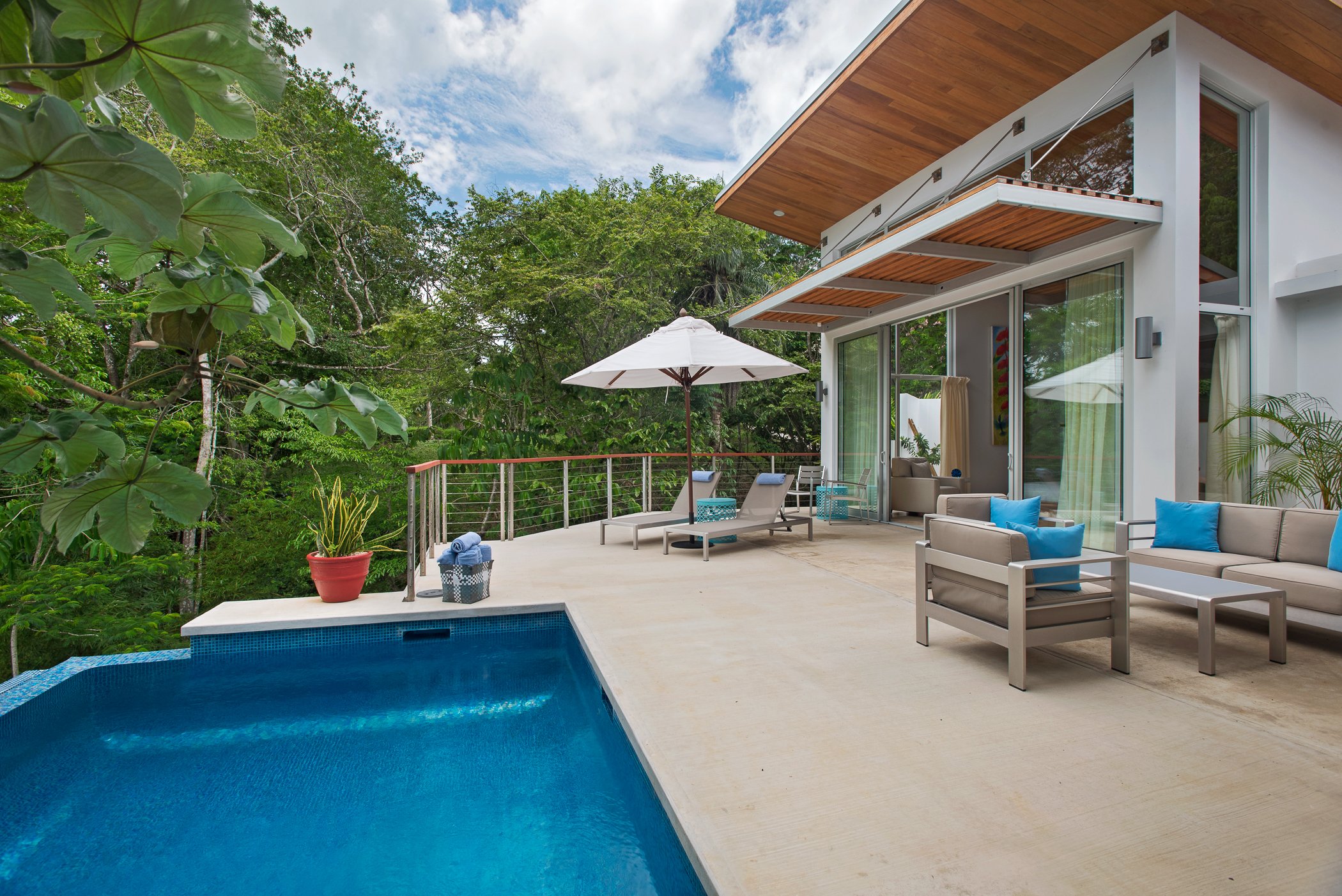
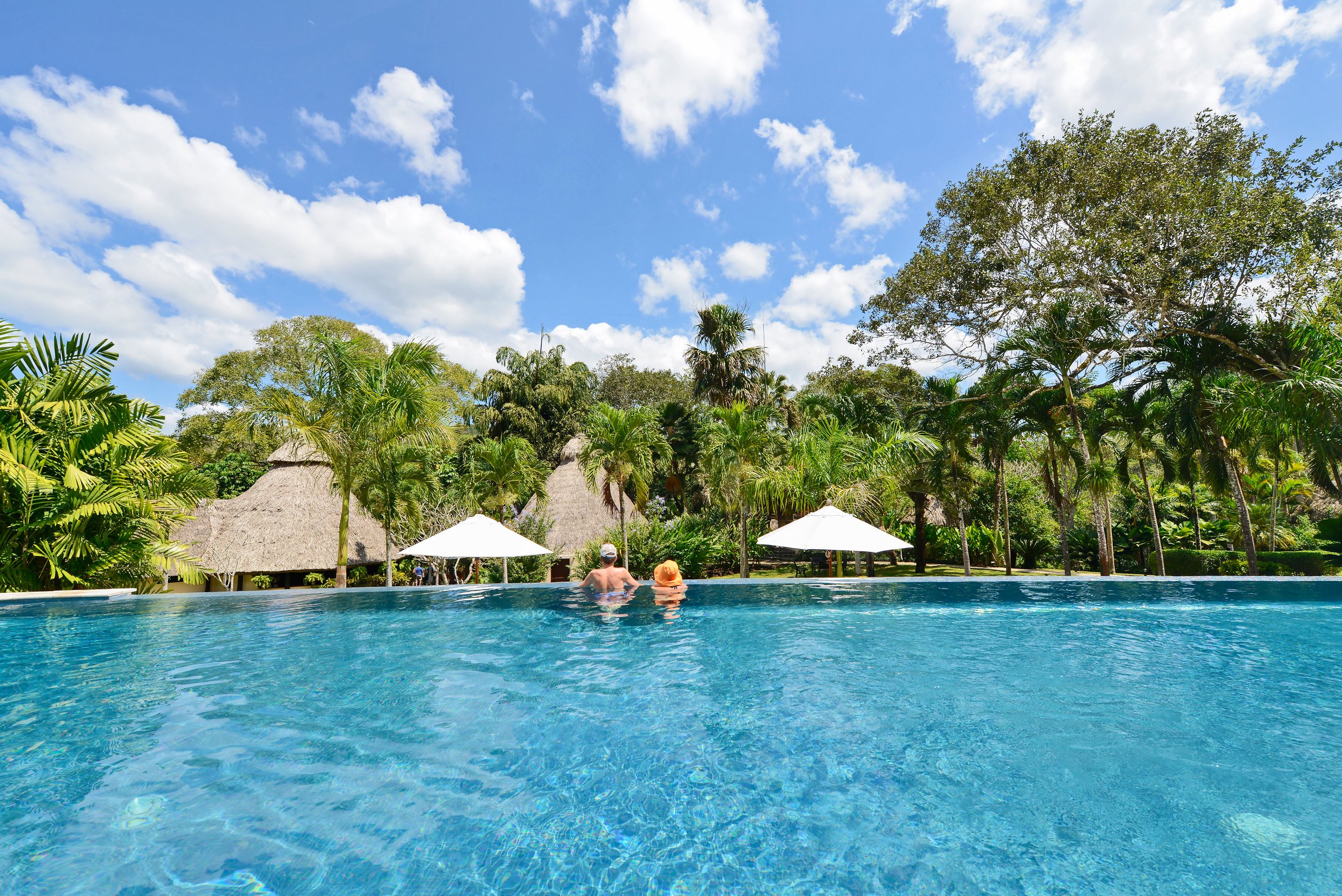
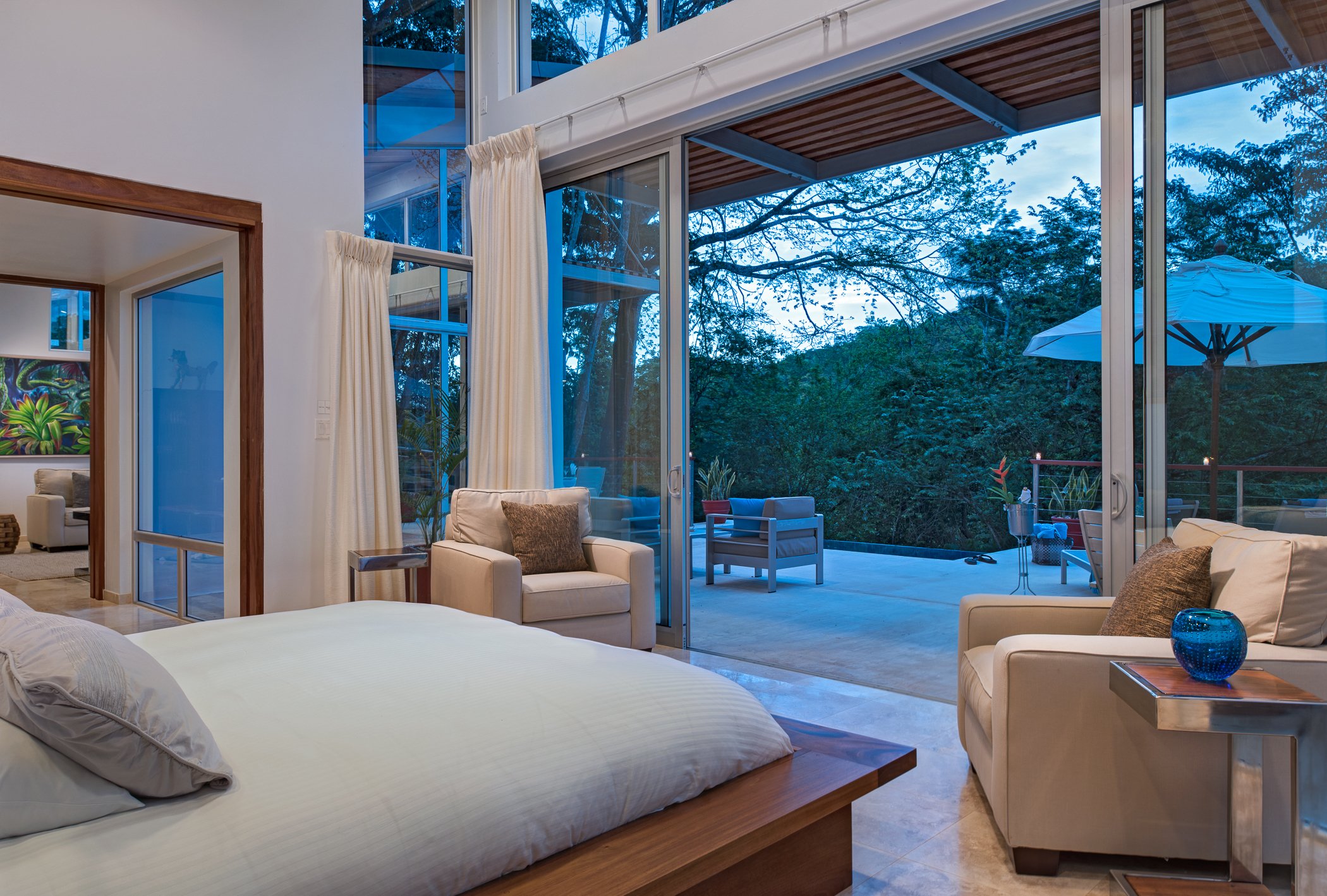

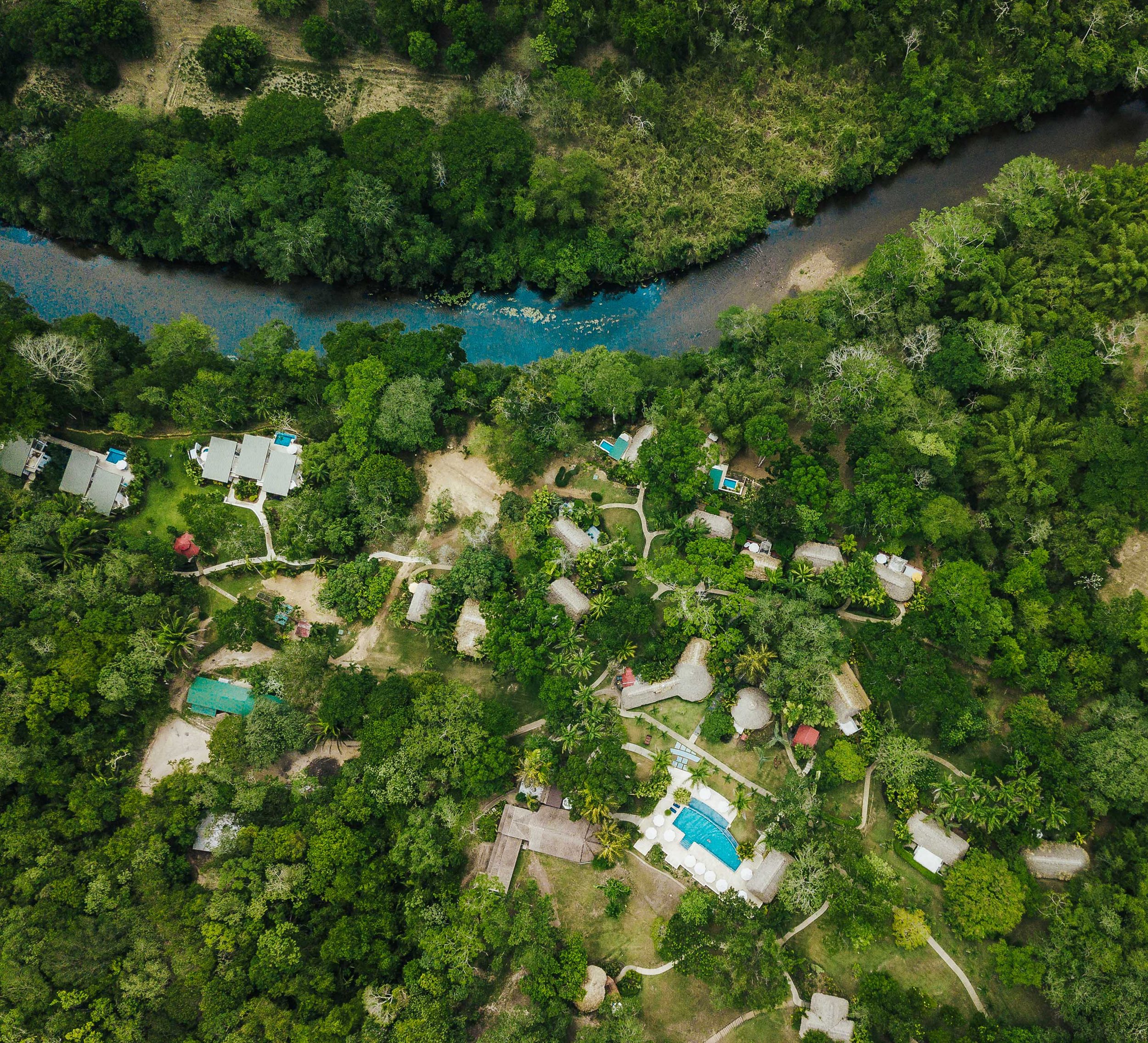
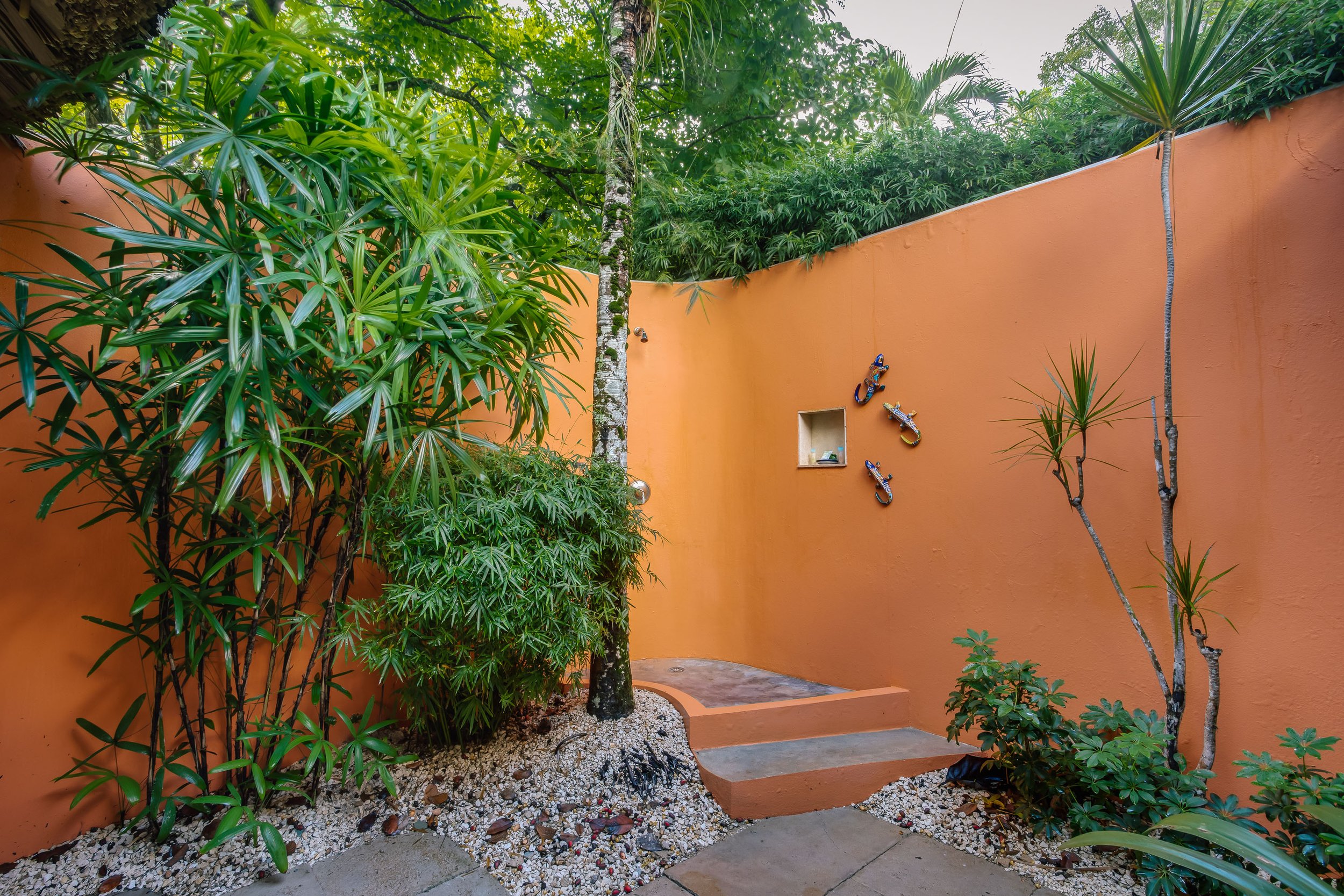
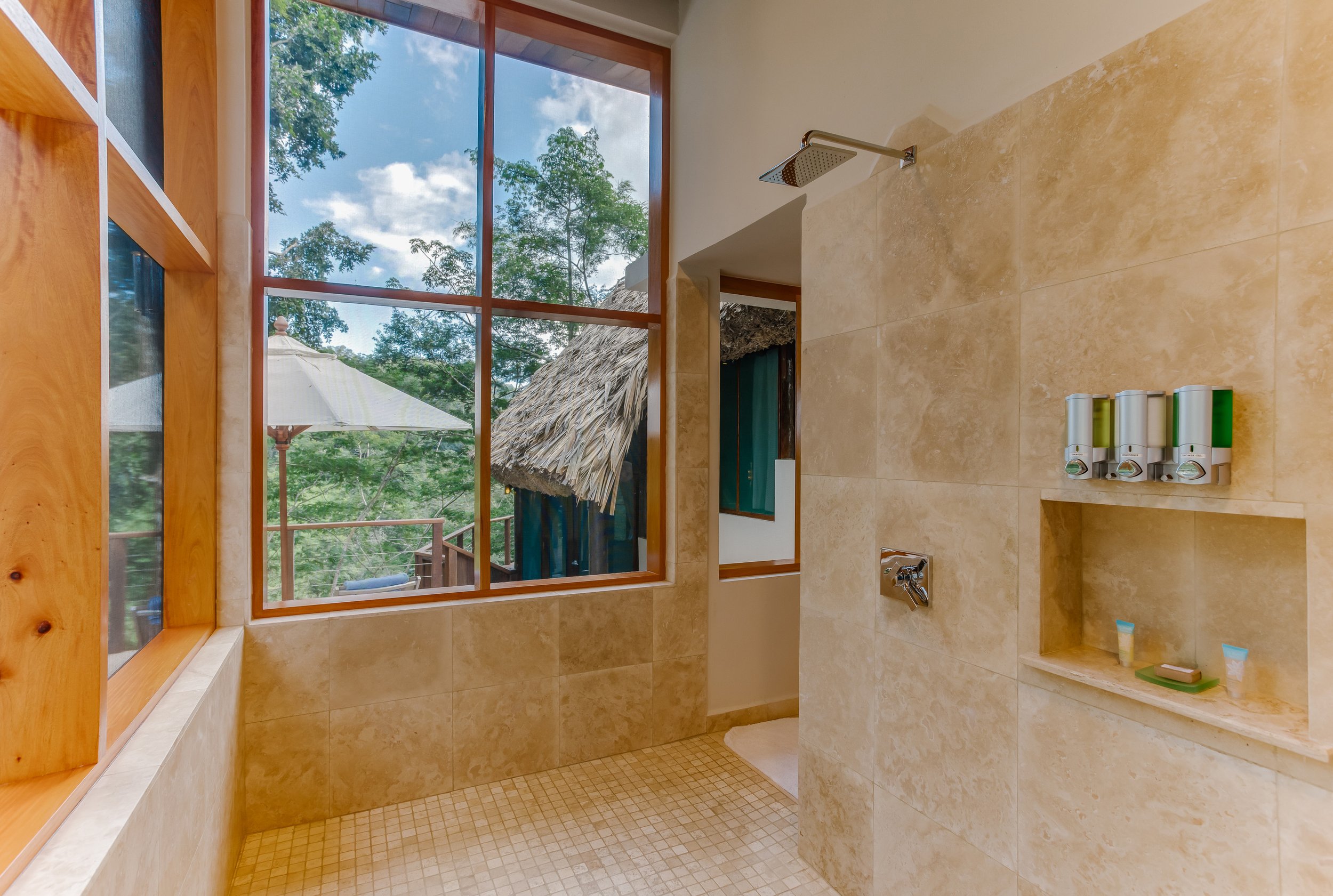
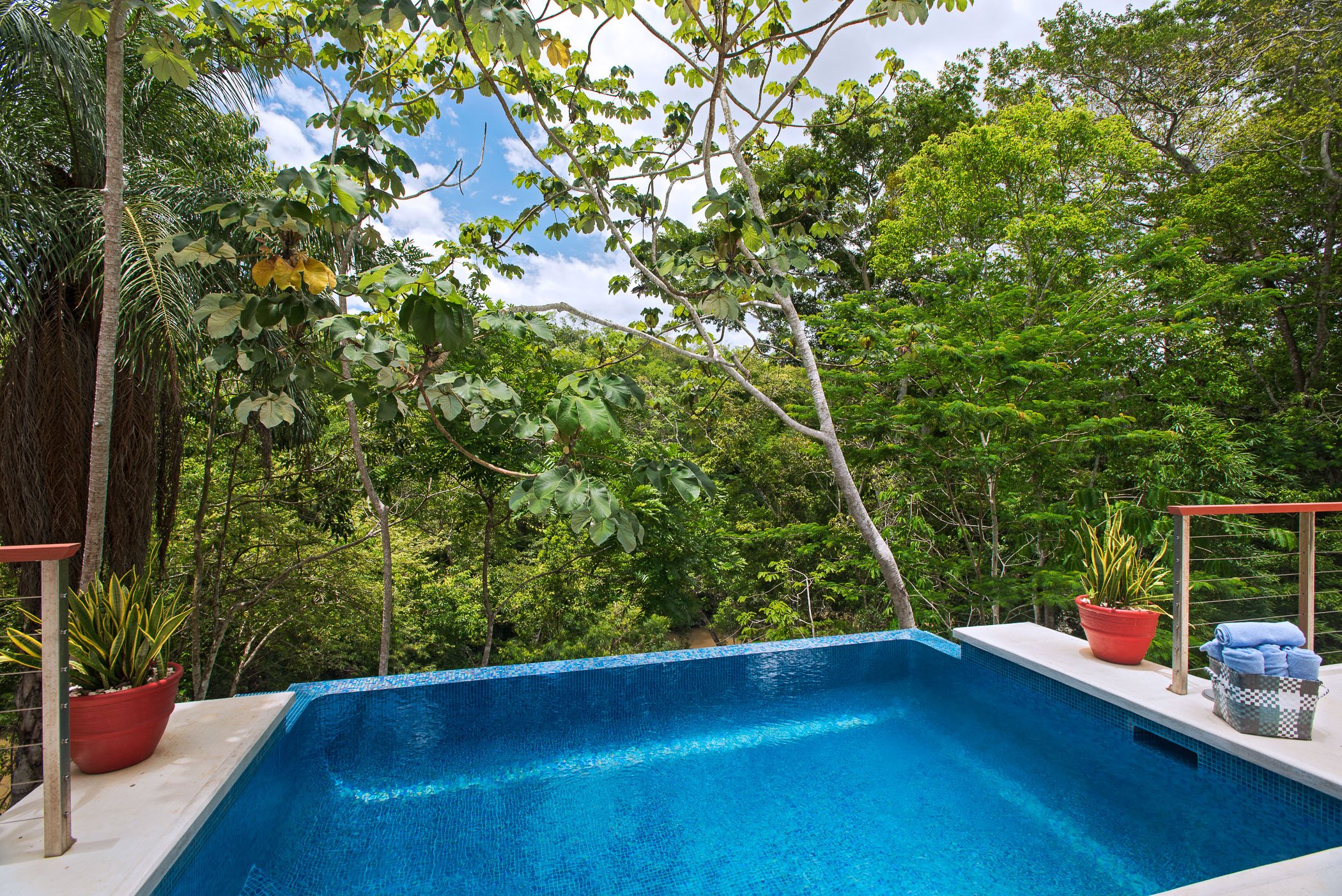
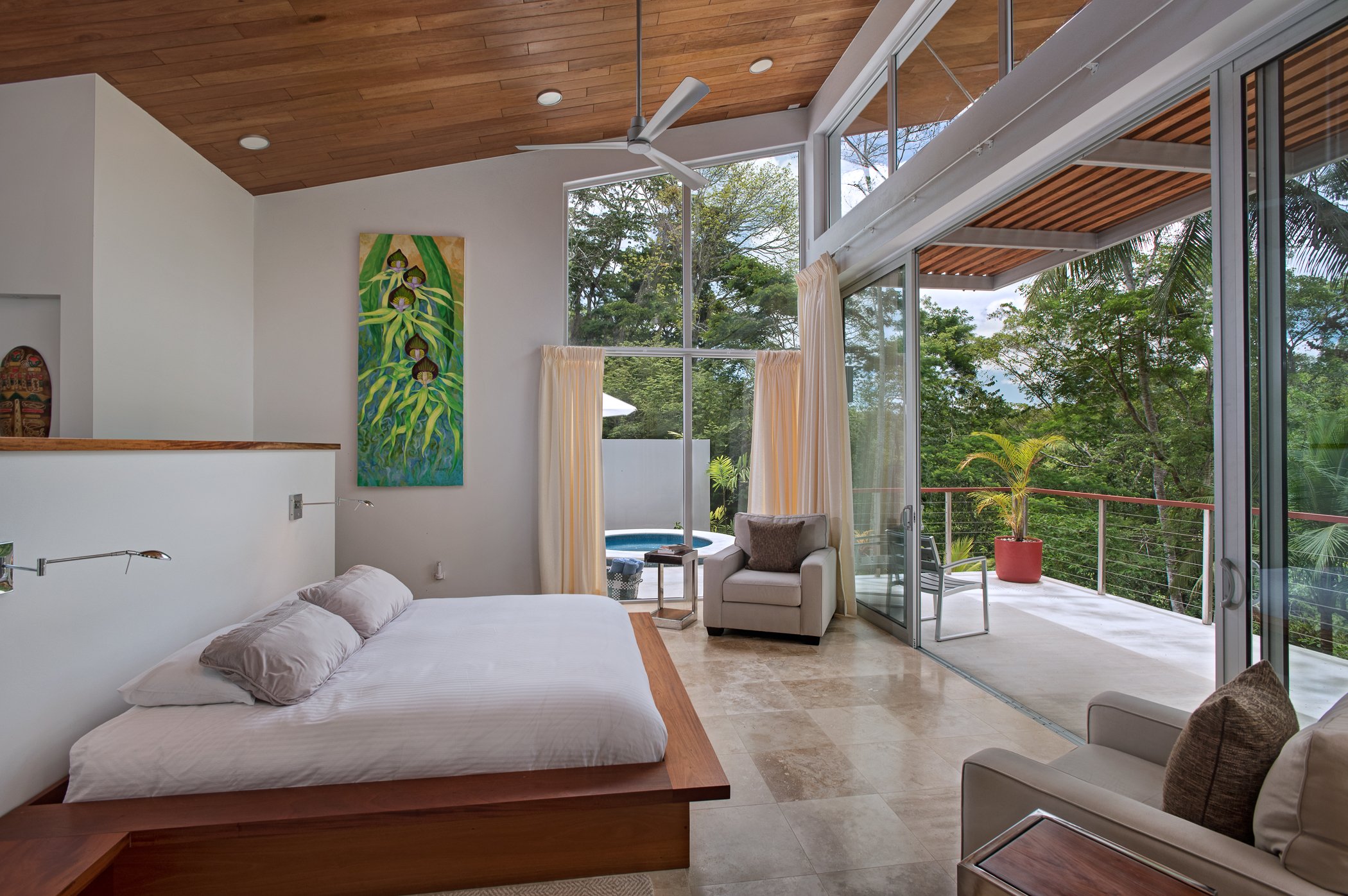

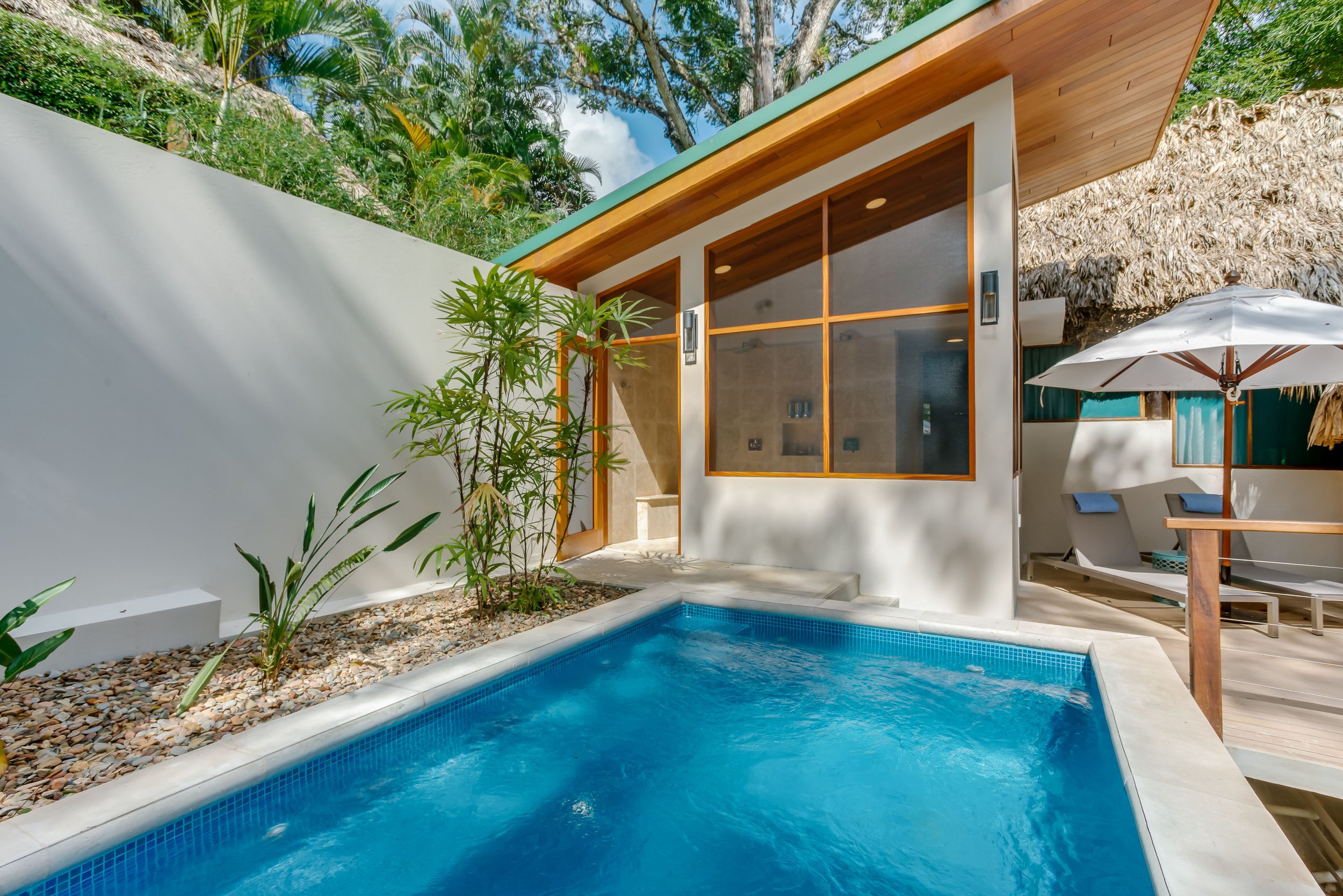
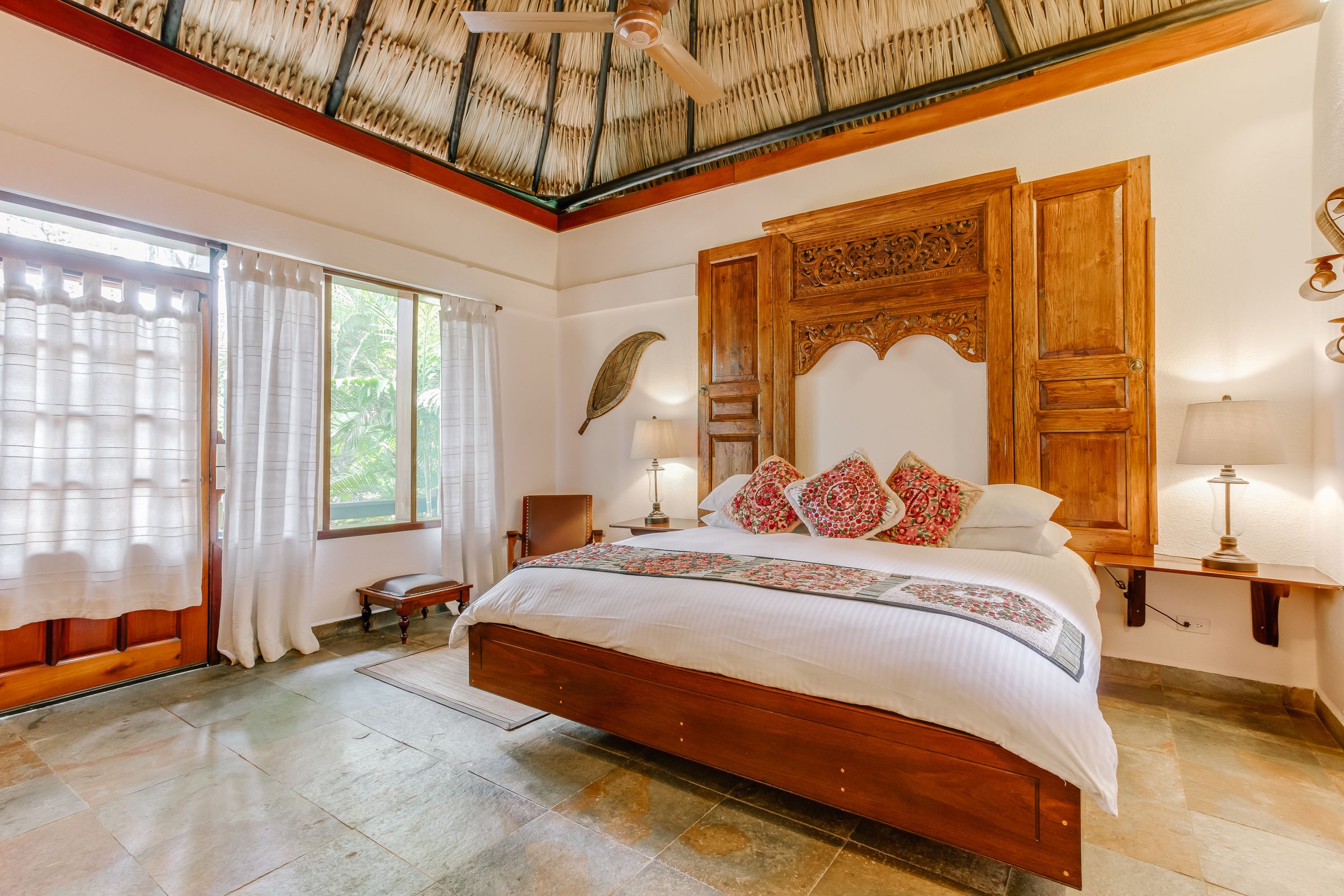

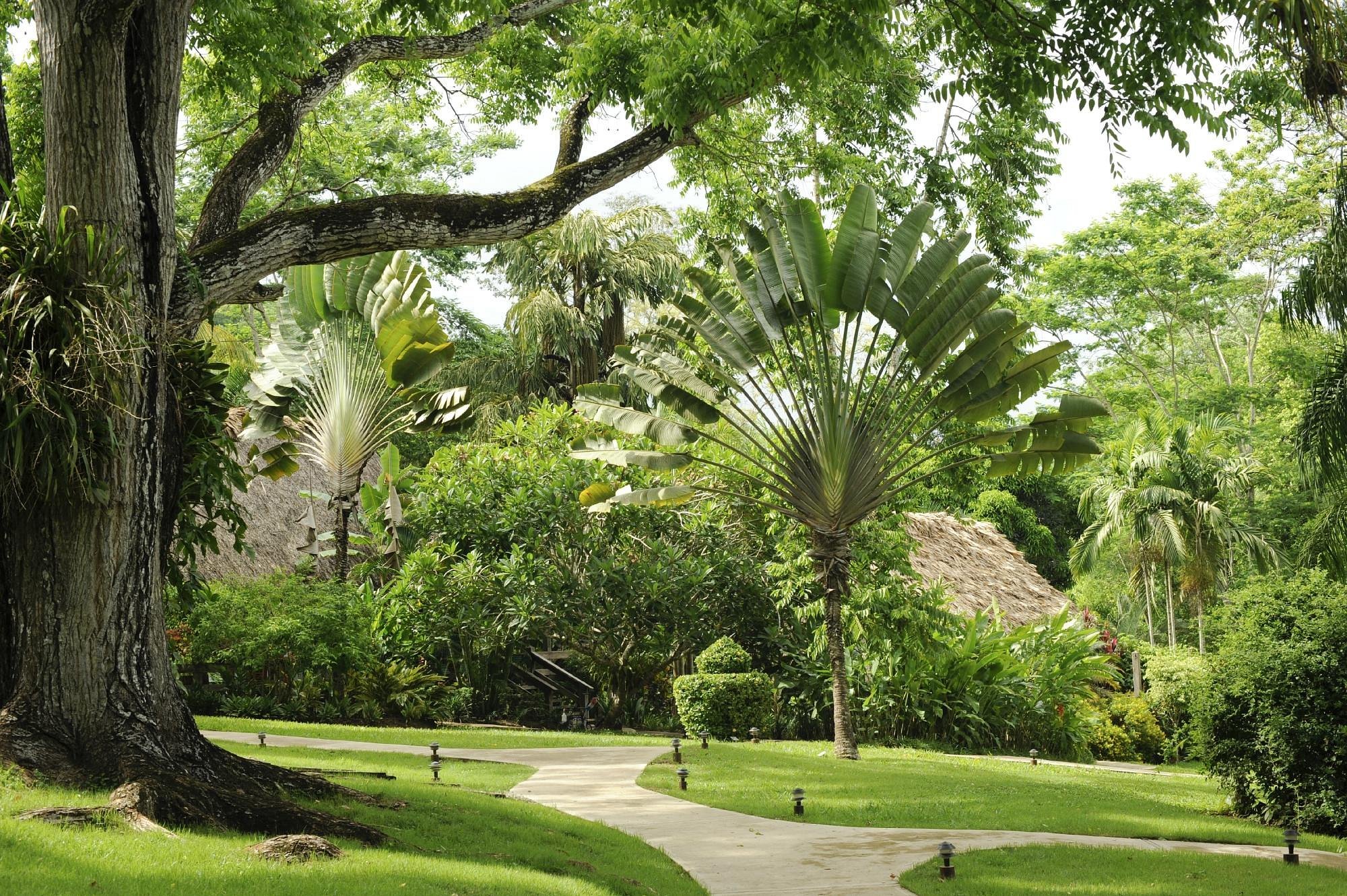
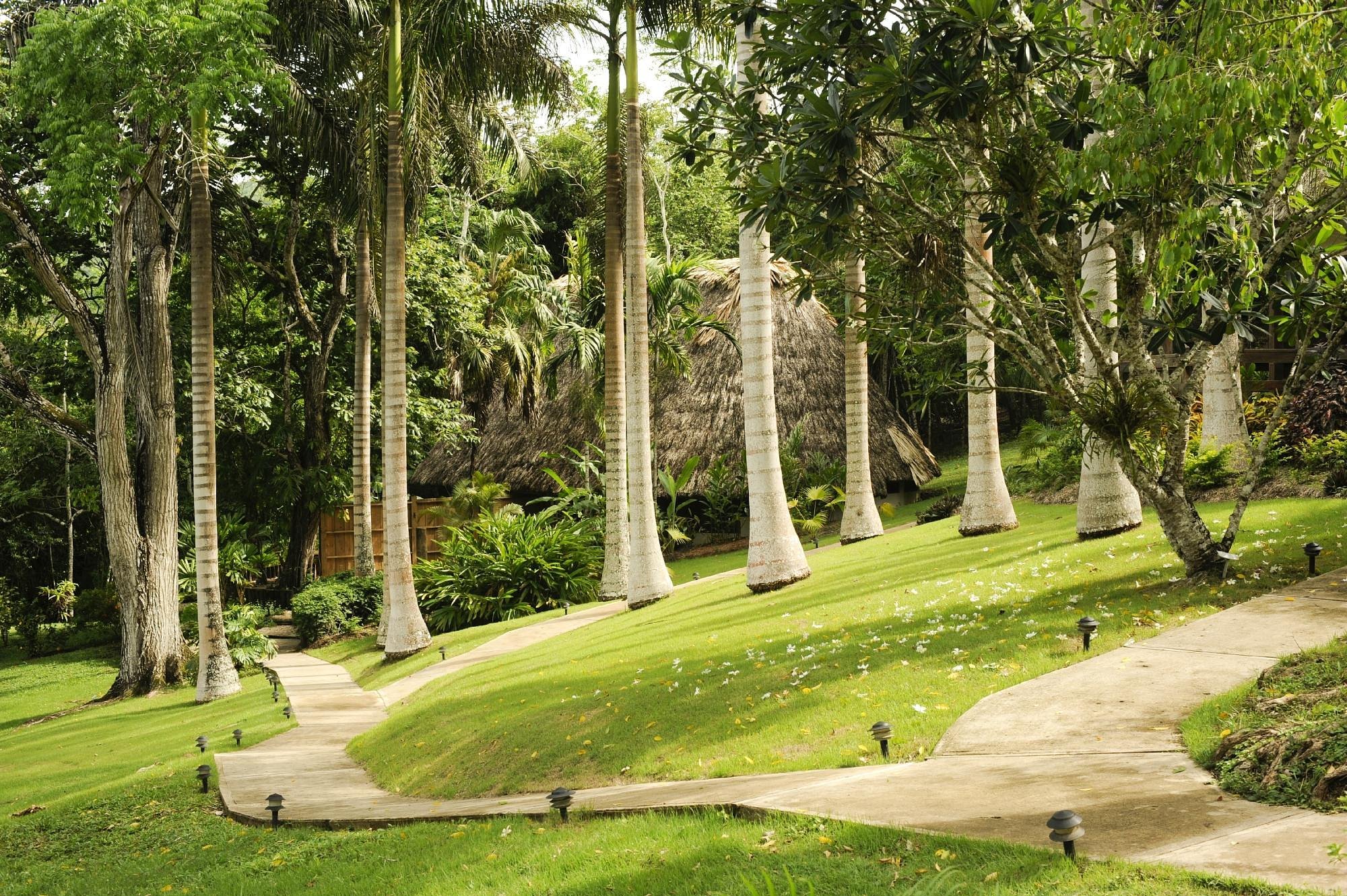
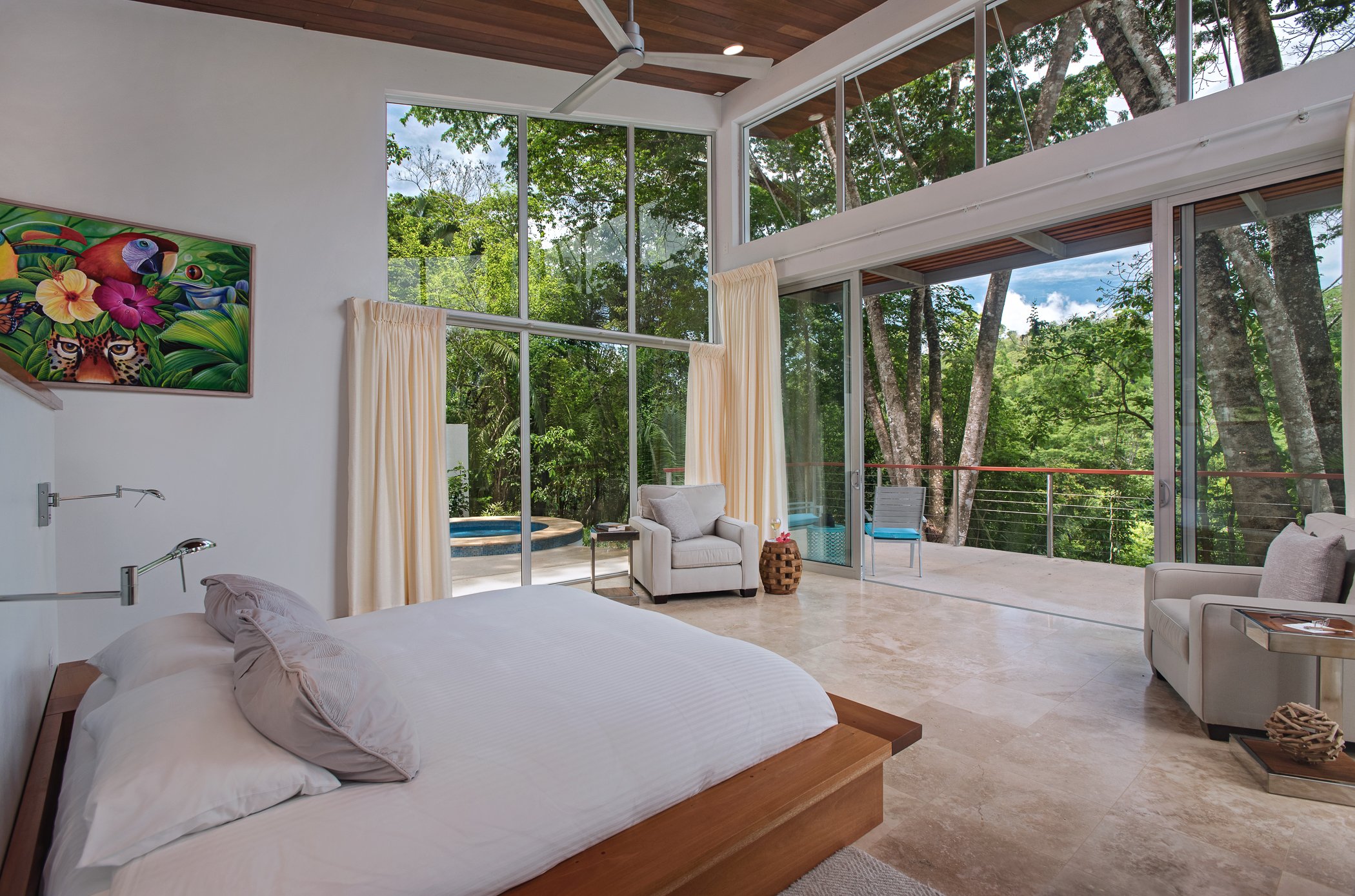
THE PERSONALITIES
Lovers of ancient history. Adventurers. Bird and wildlife enthusiasts.
MOMENTS
Lush Caribbean rainforest. Riding through the jungle on horseback. Sharing the green canopy with toucans, parrots, and other colorful tropical birds. Traveling back in time to the ancient Mayan civilization.
BEST VISITING MONTHS
The dry season from December to March is a popular time for visitors, both inland and on the coast. April brings rising temperatures and the welcome “Iguana Rains,” the brief, cooling showers that appear along the coast. May to July can get hot and humid, and from August to November rain patterns are expected.
COST
WHY STAY
Chaa Creek is a luxury eco-lodge that’s been a pioneer in adventure travel in Belize since 1981. Residing along the Macal River in the foothills of the Maya Mountains, the retreat is in the heart of ancient Maya civilization.
The owners Mick and Lucy Fleming wanted to create an authentic jungle experience while striving to coexist with nature. Chaa Creek continues to win recognition as one of the Caribbean region’s best examples of sustainable tourism for its regenerative practices, adaptive reuse, and organic agriculture, including the National Geographic’s "Engaging Communities" world legacy award.
The 28 intimate accommodations include eco-pods, cottages, garden or tree-top suites, and luxury Ix Chel Villas with private plunge pools, all set in a tropical hillside garden. Enjoy panoramic views of the lush jungle, the sleepy Macal River, and the mountains from your glass-walled living room or wrap-around veranda. Visit the Hilltop Spa for natural mineral-rich mud treatments, herbal wraps, and locally-sourced botanicals. Be one with nature.
WHY WANDER
Chaa Creek is set within a 400-acre nature reserve, which includes a Maya organic farm, The Blue Morpho Butterfly Farm, horse stables, and a Natural History Centre, offering a range of exciting and educational activities. Enjoy miles of lush, well-maintained trails, perfect for horseback riding and hiking. Explore the fascinating Maya civilization, which once thrived in this area. Learn about the Rainforest Medicine Trail. Take a canoe trip down the beautiful Macal River. Visit the onsite Woodworking shop and discover local crafts. Take part in the Creatures of the Night jungle hike.
Offsite activities include a visit to Xunantunich Mayan Ruins (only 1.5km away), the Actun Tunichil Muknal, an ancient Maya ceremonial cave (1.5 hours away), and Tikal National Park in Guatemala, the largest excavated site in the American continent, containing over 3000 structures and large, beautiful temples rising out of the dense jungle. (2.5 hours away).
INDULGE IN
Learn how to cook a traditional Garifuna dish over an open fire. Take a tour of the 33-acre Maya Organic Farm and discover ancient farming methods. Try the cacao grown onsite.
GETTING THERE
Fly into Belize City and arrange a transfer with the hotel (1.5 hours away).
GET INVOLVED
Pack-a-Pound Program: We encourage our guests to share one pound of their luggage space for materials (pens, pencils, etc.) to be donated to a local school, craft items for the Octavia Waight Old Age Center, or pet care supplies to be donated to the Humane Society. Guests can also financially sponsor school books for a school child.
The Eco-Kids Summer Camp gives 24 Belizean school children an opportunity to experience the natural beauty of Belize firsthand while learning environmental responsibility during a fully sponsored week-long summer camp at our Macal River Camp
The Chaa Creek Scholarship Program annually provides 10 local students with full board educational scholarships at secondary and tertiary levels, paying for tuition, fees, books, and other necessities
Our Environmental Education Outreach Program takes environmental education directly to the schools and many special events throughout Belize
We established the Belize Foundation for Conservation to “Promote environmental education, cultural awareness, and sustainable conservation practices”
Financial assistance and community support programs benefit the Octavia Waight old folks Centre, the Cayo Deaf Institute, and Marla House of Hope Orphanage
Contingency Reserves: Chaa Creek has in-house procedures and resources in place to respond in times of need. Whether from individual tragedy or natural disasters, Chaa Creek will always respond to calls for assistance
Community Liaison: Chaa Creek supports and works with local organizations and groups conducting community-based conservation and improvement projects such as anti-litter campaigns and the development and maintenance of public parks
Ecotourism and responsible travel education: Each year, the Lodge hosts and educates hundreds of local and overseas students, and sponsors internship positions in ecotourism and responsible travel through programs at our Natural History Centre, Blue Morpho Butterfly Breeding Centre, the Maya Medicinal Plant Trail, and other Chaa Creek operations
Educational field trips within the Chaa Creek Nature Reserve are offered to local and international schools, universities, and community groups
Summer Teachers Institute in Environmental Studies and Culture is a program delivered in partnership with the State University of New York to broaden the teaching skills of our local educators through teachers’ training workshops focused on sustainable use of our natural resources and enhancing an understanding of Belize’s heritage and culture
The Teacher’s Resource Guide to Maya Archaeology, Ecology and Tourism of Western Belize, produced and published by Chaa Creek is a 113-page resource used in many local schools
We also encourage our industry partners to further develop their own sustainable practices by setting benchmarks and sharing information on green development and responsible tourism programs. For example:
We adhere to the practice of Reduce, Reuse, and Recycle. All reusable and recyclable materials are separated from our waste stream
We have a written Chaa Creek Environmental Policy available which guides daily operations in a sustainable manner
Our written Chaa Creek Purchasing Policy requires our suppliers to provide environmentally safe products in reduced or bulk packaging
We produce our own water using state-of-the-art high filtration systems and provide guests with hygienic water refilling stations and souvenir aluminum water bottles in an effort to reduce the use of plastic bottles
We use only energy-efficient compact florescent lamps combined with automatic timers, motion detectors and photovoltaic switches, and maximize the use of natural lighting to reduce energy consumption
Our Macal River Camp facility runs completely on solar power
Guests are politely asked to reuse their towels as much as possible so as to conserve water and energy
We strictly enforce the protection of all wildlife in our 400-acre private nature reserve, minimize tree removal during construction, and take all possible precautions and actions to preserve the local habitat
Kitchen waste and other organic materials such as grass trimmings are composted and then used as fertilizers in our ornamental and vegetable gardens at the Maya Organic Farm
Restaurant leftovers are given to a local farmer to use as pig feed
Metal cans are crushed in a manual crusher that was designed for Chaa Creek. The crushed cans are then used as fill material in concrete building foundations
All glass bottles and jars that are not returnable or reusable are crushed and used as additional aggregate when mixing cement
In an effort to reduce our paper consumption, our administrative staff is encouraged to use both sides of paper when printing or copying and to use electronic media as much as possible
We purchase recycled paper and our commercial printing is done on recycled paper
Cardboard boxes are flattened and used as ground cover at our organic farm to control the growth of unwanted weeds around the vegetable plants. The remaining waste paper and cardboard is sent to a commercial recycling facility
Water consumption is minimized by low-flush toilets and low-flow shower heads. Rainwater is also collected to supplement water consumption
Waste water and sewage are treated with enzyme-producing, a digestive bacterium in properly designed septic tanks
*Images property of The Lodge at Chaa Creek


